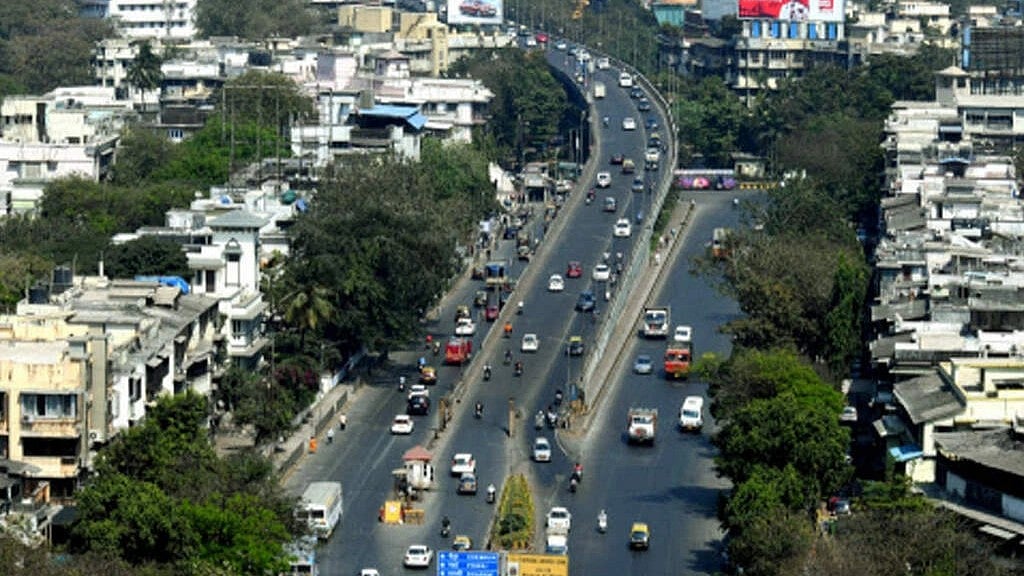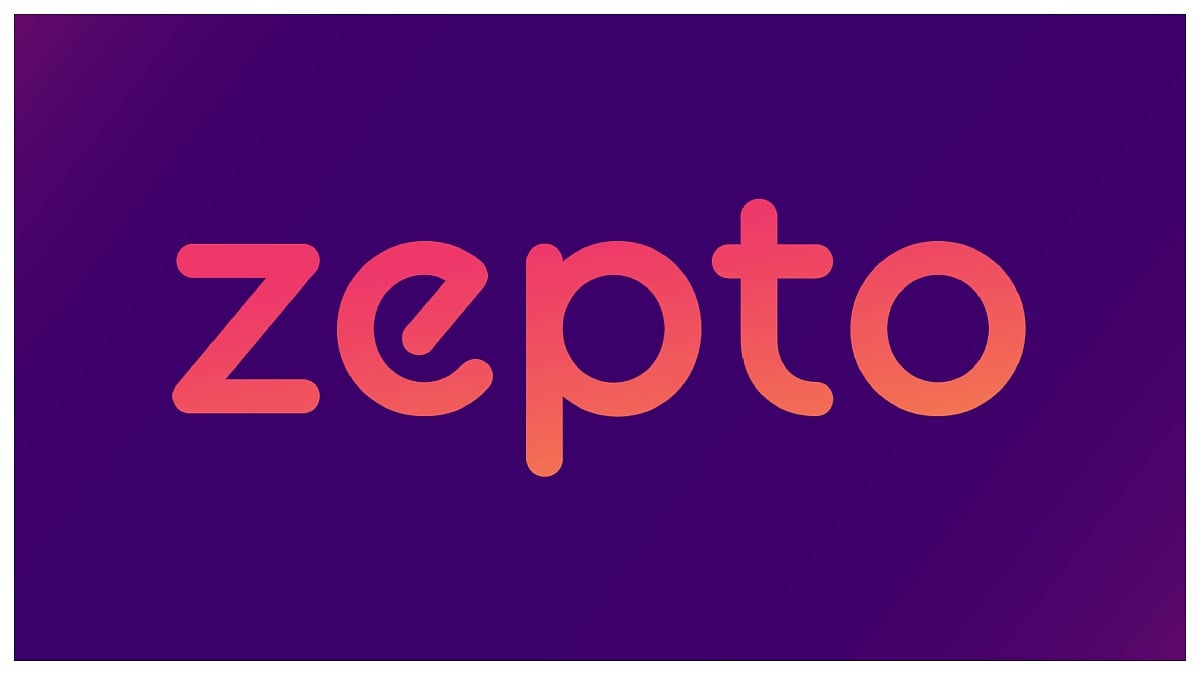Aadhaar, a unique 12-digit identification number issued by the Unique Identification Authority of India (UIDAI) to the residents of India, has become an integral aspect of the nation. It plays a pivotal role as proof of identity and facilitates the availing of government benefits and subsidies.
Aadhaar includes essential personal information about the cardholder, typically encompassing biometric information where it captures data such as fingerprints and iris scans, demographic information containing basic personal details such as name, date of birth, gender, and address, a photograph of the individual for visual identification, and the Aadhaar number assigned to each individual, which serves as the primary component of the Aadhaar card.
It is used as proof of identity and finds widespread application for various purposes, including accessing government services, availing subsidies, opening bank accounts, and much more.
However, the Aadhaar Card is available in two categories. The first category is issued for adults, encompassing all elements such as biometrics, and is known as the standard Aadhaar Card. The second category is the Baal Aadhaar, issued for children below the age of five, also referred to as 'Blue Aadhaar,' where no biometric authentication is mandatory.
What is Baal Aadhaar?
The UIDAI in 2018 introduced the concept called 'Baal Aadhaar' for children below the age of five, specifically designed to provide unique identification to young children. Unlike the standard Aadhaar card, Baal Aadhaar does not include biometric data such as fingerprints or iris scans for children in this age group. Instead, it features a photograph of the child, along with basic details like their name, gender, and Aadhaar number.
Apart from this, parents or guardians are required to update Baal Aadhaar with biometric information when the child turns five and again at the age of 15. This ensures a gradual upgrade of the Aadhaar card to include biometrics as the child grows older.
Why is it called Blue Aadhaar?
The term 'Blue Aadhaar' is used because Baal Aadhaar cards are printed in blue, serving as a visible distinction for children. This color differentiation aids in easy communication and understanding, telling to parents the need to update their child's biometrics once the child reaches the age of 5.
What are the Documents required?
As per UIDAI guidelines, parents have the option to register their newborns for Baal Aadhaar. They can present either the birth certificate or the hospital discharge slip as valid documents for enrolling the child. Additionally, using their children's school ID is also an acceptable means of applying for the Baal Aadhaar card.
How to Apply?
Visit UIDAI's official website (uidai.gov.in) and go to the Aadhaar card registration section. Enter the child's name, parent/guardian's phone number, and necessary details. Choose a convenient appointment slot for Blue Aadhaar registration at the nearest enrollment center. Provide essential documents, including your Aadhaar card, address proof, and the child's birth certificate.
Also, provide your Aadhaar details for linkage, and only the child's photograph will be taken- no biometric data required. Once document verification is complete, you'll receive a confirmation message on your registered mobile number. Get the acknowledgement slip, and within 60 days, a Blue Aadhaar card will be issued in your child's name.










